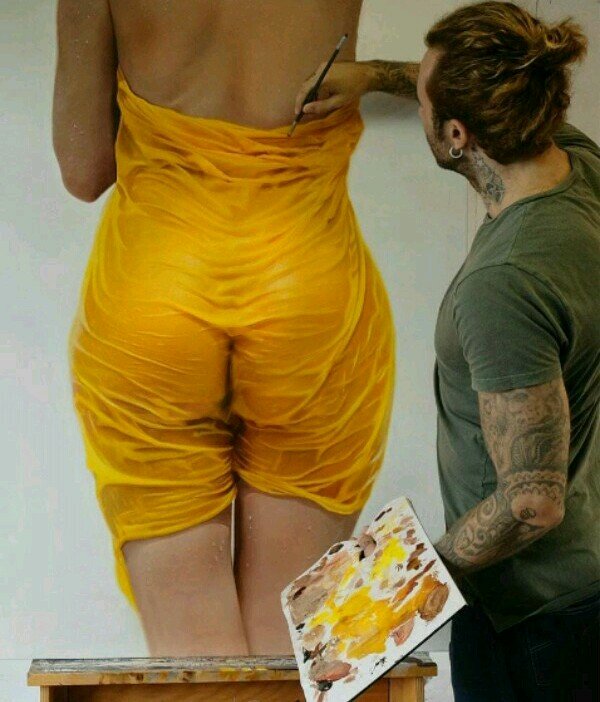Learn drawing today and your life will never remains the same

practice, you could even learn how to draw
like a master! Even if you plan on
drawing cartoon-style, learning these basics
will help your drawings stand out from the
rest.
- Draw what you see. Start with
simple objects (like the classic
bowl of fruit) or common objects and
progress to more complicated subjects
— an intricately shaped table, for
instance, or people's faces . The better
you get at drawing real-life objects , the
better you'll eventually be at putting
ideas on paper.
- For example, let's say you get an
idea for a comic book character .
You can imagine every detail —
the expression on their face, the
emotion in their eyes, the pose
that represents who this character
is — but if you haven't been
practicing with faces , eyes, and
poses, you'll have a hard time
drawing this character on paper in
a way that matches with the image
you have in your head. - Instead of going big or elaborate
in the beginning, focus on the
small and simple. Take a bowl of
fruit, or a house, or a mountain
range, and practice replicating
these objects with just a pencil.
Draw different versions of the
same thing. If you're drawing a
mountain range, for example, do a
little evaluation of your first
drawing. Figure out what's right
and what's wrong, or have a
friend tell you which parts of the
mountain look unnatural or need
improvement. Once you have a list
of the things you can improve on,
draw the mountain range again.
This time, improve on the parts
you didn't draw well the first
time. If you want after a few
weeks and your drawing skills
improve, draw the same picture
again. See how much you've
improved! - Think of yourself as a chef. When
a chef learns a new recipe, he
often spends days or weeks only
cooking that recipe. It makes for
pretty boring eating, but he's able
to perfect his dish by the end of
the week. Don't get discouraged
when your dish doesn't come out
perfectly right away. It takes a
while to get things right.
- Draw as often as you can. The
more you practice, the better you'll
get. Even when you're concentrating on
something else but your hands are free
(being on the phone is the perfect
opportunity to doodle) take a piece of
paper and a pencil and start drawing
basic shapes.
- Practice with basic, elemental
shapes in the beginning. These
basic shapes will form the basis of
many harder shapes as you
continue drawing. Mastering them
will make your journey going
forward more meaningful and
productive. - Draw circles , squares, triangles ,
rectangles, etc. Challenge yourself
progressively by making these
shapes as perfect as possible. Then
challenge yourself some more by
drawing variations of a shape:
different sizes of circles and
squares, different kinds of
rectangles and triangles. - With enough repetition (and
crumpled sheets in the recycling
bin), you should reach a point
where you could comfortably draw
most shapes. To heighten this
basic skill, draw curves and curls
as well. Try doing springs and
spirals and various loops, curlicues
and garlands, paying attention to
the consistency of your curves.